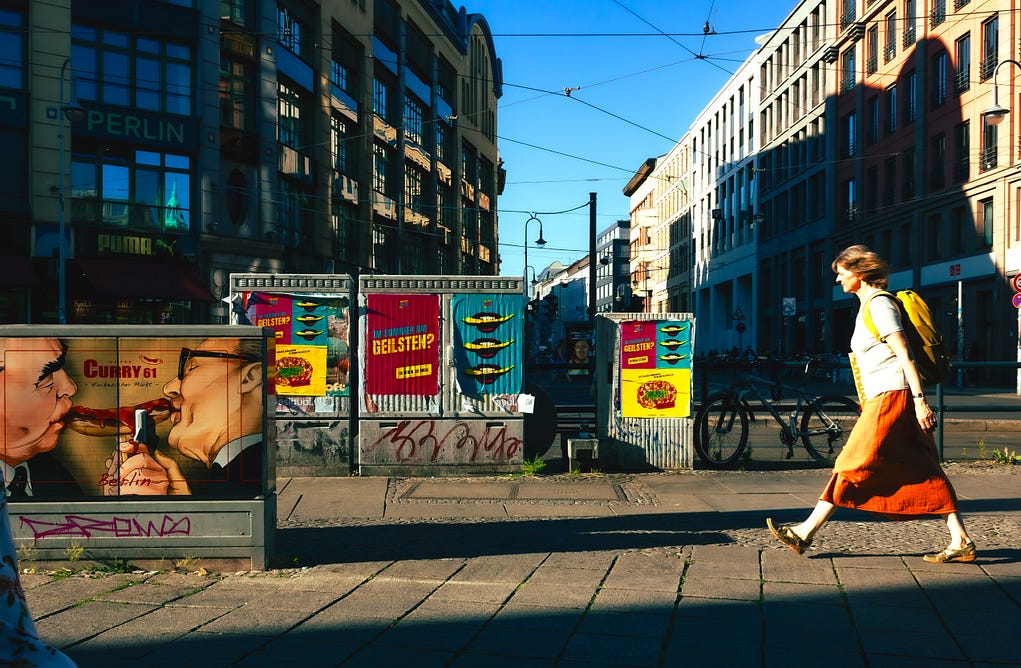Not known Incorrect Statements About Street Photographers
Table of ContentsThe Main Principles Of Street Photographers Street Photographers for BeginnersThe Greatest Guide To Street PhotographersMore About Street PhotographersStreet Photographers - An Overview
, a genre of digital photography that documents everyday life in a public area. The very publicness of the setup allows the professional photographer to take candid photos of complete strangers, frequently without their knowledge. Road professional photographers do not always have a social function in mind, but they like to isolate and catch moments which may otherwise go unnoticed.He was affected by many of those who influenced the street professional photographers of the 1950s and '60s, he was not primarily interested in catching the spirit of the street., who functioned side by side with digital photographers trying to catch the essence of urban life.
In contrast to Atget, professional photographer Charles Marville was hired by the city of Paris to produce an encyclopaedic file of Haussmann's urban preparation task as it unfolded, hence old and new Paris. While the digital photographers' subject was essentially the very same, the outcomes were substantially different, showing the effect of the professional photographer's bent on the personality of the images he generated.
Our Street Photographers Diaries
Provided the fine top quality of his photographs and the breadth of product, designers and artists commonly acquired Atget's prints to use as recommendation for their very own job, though commercial interests were rarely his main motivation. Instead, he was driven to picture every last residue of the Paris he enjoyed. The mingled enthusiasm and seriousness of his goal sparkle through, leading to pictures that narrate his very own experience of the city, high qualities that expected street photography of the 20th century.

Unlike his peers, Brassa made use of a larger-format Voigtlnder electronic camera with a much longer exposure time, compeling him to be more calculated and thoughtful in his technique than he may have been if making use of a Leica. (It is assumed that he may not have been able to pay for a Leica during that time, however he did, nonetheless, use one in the late 1950s to take colour pictures.) Brassa's photos of the Paris abyss illuminated by fabricated light were a discovery, and the collection of the collection that he released, (1933 ), was a significant success.

See This Report about Street Photographers
It is due to this basic understanding of the art of picture taking that he is often credited with uncovering the medium all over once again approximately a century because its development. He took photographs for greater than a half century and influenced generations of digital photographers to trust their eye and intuition in the moment.
These are the concerns I shall try to address: And then I'll leave you with my own interpretation of road digital photography. Yes, we do. Allow's begin with specifying what a definition is: According to it is: "The act of defining, or of making something definite, distinct, or clear".
No, definitely not. The term is both limiting and misinforming. Appears like a road digital photography need to be images of a roads ideal?! And all street photographers, besides a tiny number of outright newbies, will go to my blog totally value that a road is not the vital element to street photography, and actually if it's a photo of a road with perhaps a couple of uninteresting individuals not doing anything of passion, that's not road photography that's a snapshot of a road.
Street Photographers Can Be Fun For Everyone
He makes a legitimate factor don't you assume? While I agree with him I'm not certain "honest public photography" will certainly catch on (although I do kind of like the term "honest digital photography") because "road digital photography" has been around go to this website for a lengthy time, with many masters' names connected to it, so I think the term is here to stay. Street Photographers.
Inside?! I hear you yell as you shake your hand to the sky. Why not? You can contend the coastline, at a festival, in a street, in a park, in a piazza, in a cafe, at a gallery or art gallery, in a metro terminal, at an event, on a bridge, under a bridge ...
Yes, I'm afraid we have no selection! Without policies we can not have a definition, and without an interpretation we don't have a style, and without a category we do not have anything to define what we do, therefore we are stuck in a "regulations meaning category" loop! And no-one intends to get embeded a loophole. - Street Photographers
